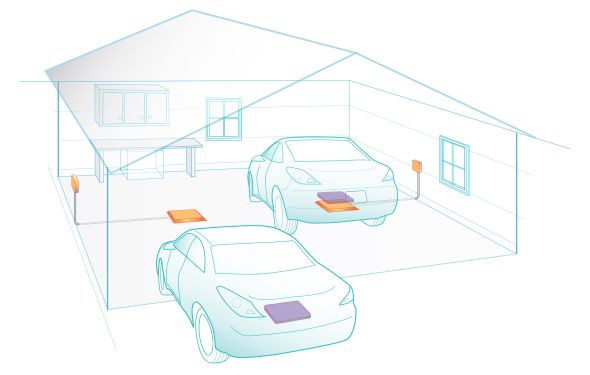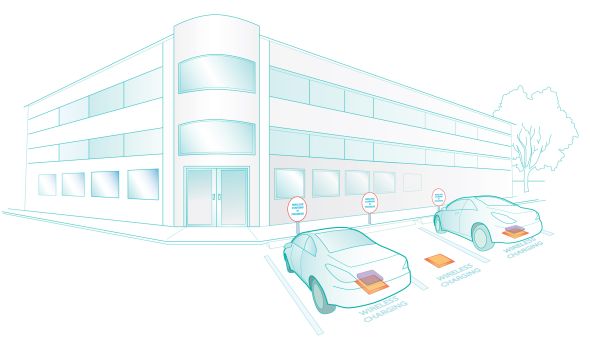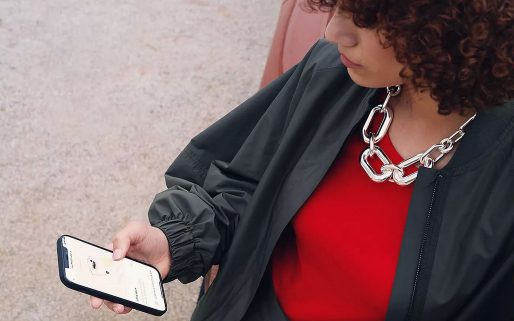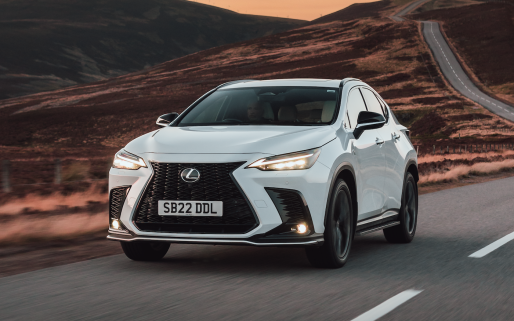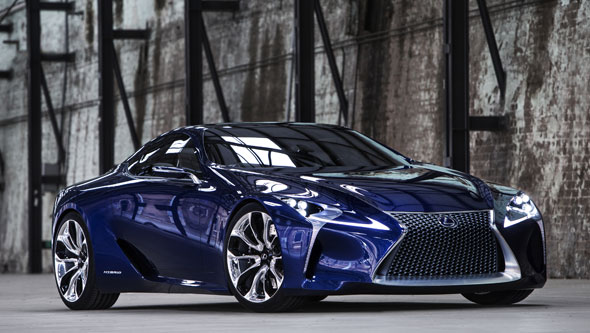
We have become conditioned to think that something powered by electricity needs to be physically plugged into a power source to be recharged. Yet with wireless charging technology that need not be the case.
The thought of electricity being passed through the air seems far-fetched but the technology already exists and Toyota Motor Corporation has invested heavily in it with a view to possibly including this convenient charging solution in the next-generation Prius Plug-in and other future models.
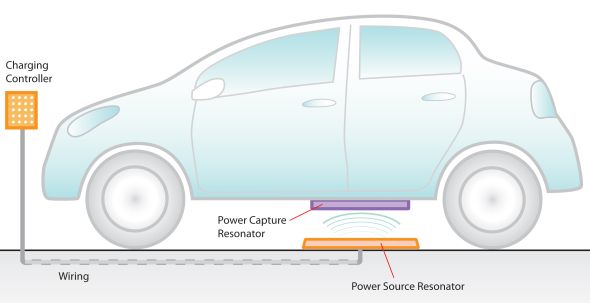
Most current wireless charging systems use induction technology, which still requires some form of physical contact; for instance, an electrical device being placed on a charging mat. Toyota’s solution for future hybrid and electric vehicles, however, should allow power to travel through the air, up to the distance of around a foot and with more than 90 per cent efficiency.
It works by converting electricity drawn from a regular power point into a magnetic field, which is then converted back into electricity for the device being charged. The system produces resonance between an on-floor coil and an on-board coil; and when the two coils resonate at the same electromagnetic frequency, power is transferred between them – in this case in order to charge the vehicle’s battery.
An example of this kind of natural resonance is in the way a wine glass can be shattered with a single loud, clear note. Sound waves travelling through the air are captured by the glass, the energy of which is converted to mechanical vibrations. When the note matches the resonant frequency of the glass, the glass absorbs the energy, begins vibrating, and can eventually even shatter.
Fortunately, there is no shattering involved in wireless charging. The technology involved in capturing the mechanical energy of the resonance between these two coils is deemed one million times safer than an MRI scan and 100 times safer than making a call on your mobile phone. It is even being developed to remotely power artificial heart pumps in humans.
Verification work on this exciting and convenient technology is being carried out in Japan, the USA and Europe during 2014. We hope to see it appear on production vehicles in the near future.
